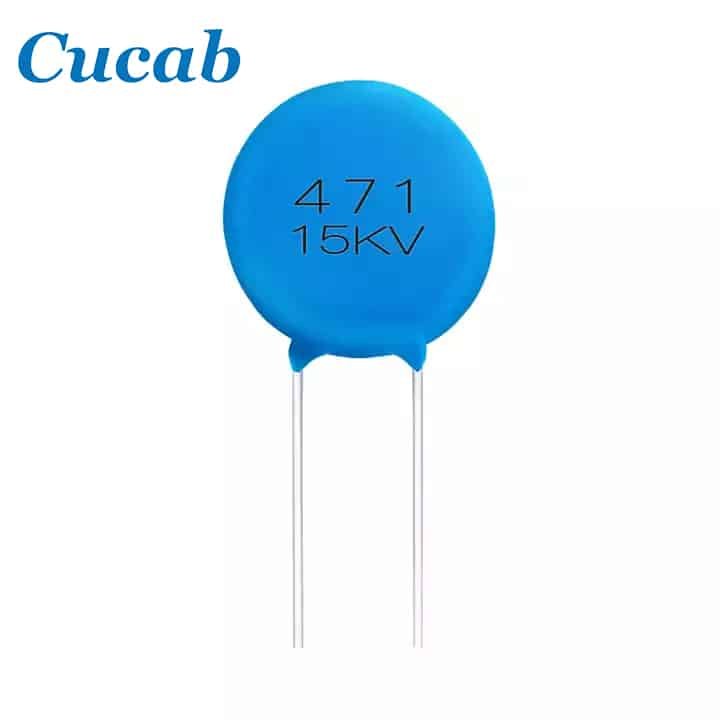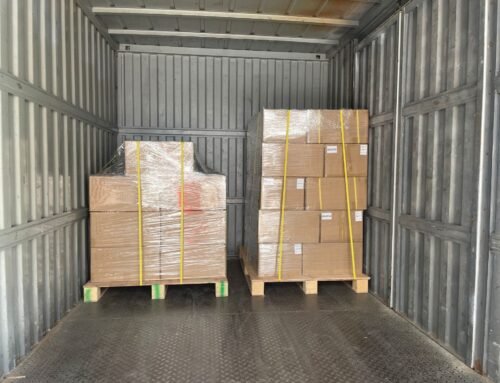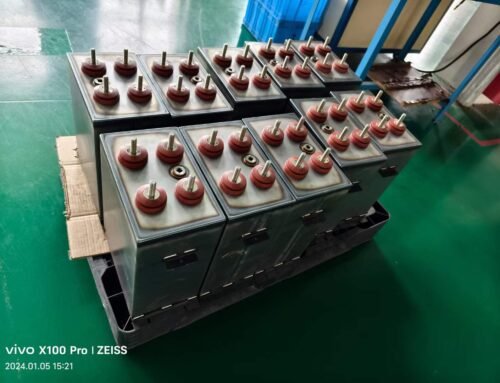In the current electronic components market, there are many kinds of capacitors, and there are also many differences in function, Cucab takes you to understand one of the capacitors, ceramic capacitors. To know what are ceramic capacitors?
1. What is a ceramic capacitor
Ceramic capacitors are usually called porcelain dielectric capacitors or monolithic capacitors. From the name, ceramic dielectric capacitors are capacitors with ceramic as the medium. According to different ceramic materials, they can be divided into two categories: low frequency and high frequency. According to the structural form, they can be classified into round chip, tube, rectangular, flake, piercing and many others. Ceramic materials have superior electrical, mechanical and thermal properties and can be used as capacitor dielectric, circuit substrate and packaging materials.
Jaké jsou vlastnosti keramických kondenzátorů?
With the development of electronic technology, the requirements for working voltage of electronic circuits are getting lower and lower, from the original 5V to the current 3V and some lower 15V, on the other hand, the miniaturization of power supply needs small and large capacity products to replace the large volume of aluminum electrolytic capacitors. In order to meet the development and application of these low voltage and large capacity MLCCs, relaxation type high dielectric materials with relative dielectric constant 1 to 2 times higher than BaTiO3 have been developed.

Nepolární vysokonapěťový kondenzátor




